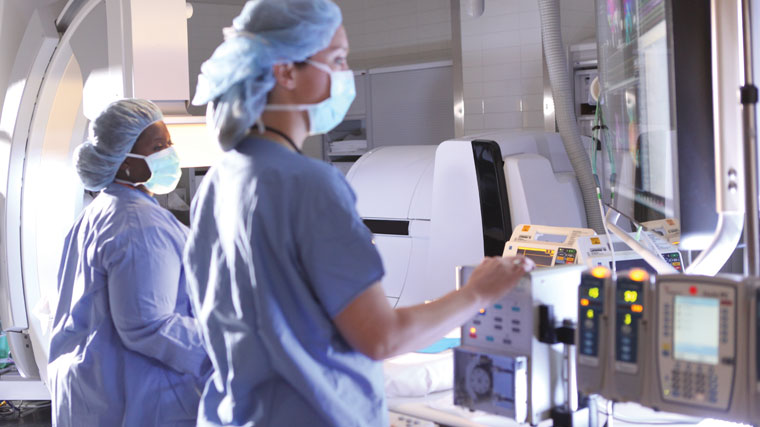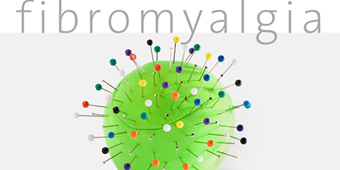Cardiac Cath Lab: Diagnosing And Fixing Matters Of the Heart

Answer a few questions and we'll provide you with a list of primary care providers that best fit your needs.
If you have problems with your heart — whether it’s something you’re aware of or an undiagnosed emergency — you can expect a visit to the hospital’s cardiac catheterization lab. This large, bright, sterile room (called a cath lab for short) is the place where heart problems are diagnosed and fixed. It’s staffed by a team of heart specialists that includes interventional cardiologists (doctors who specialize in diseases of the heart and blood vessels and perform procedures to correct them), specially trained nurses, and technologists.
What’s a Catheterization?
A catheterization or angiogram is a procedure that examines how well your heart is working. It involves inserting tiny flexible tubes (catheters) into blood vessels near your heart. Special monitors in the cath lab show doctors the arteries and chambers of your heart to determine:
- If your heart is working properly
- If blood is flowing to and from your heart as it should
- The reason your heart is not working as it should
Interventional cardiologist Srikanth Sadhu, MD, explains that in one of the most common procedures, a dye is injected into the catheters. The cardiologist tracks the dye on a monitor as it travels through your blood vessels to determine if there is a blockage.
Reasons You May Visit the Cath Lab
There are various reasons why you may find yourself in a cath lab:
- Your doctor may schedule an appointment for you in the cath lab to determine if there is a problem with your heart. This could be the result of ongoing chest pain or dizziness, which often signal heart trouble, says Dr. Sadhu.
- Your doctor may have already determined your condition and scheduled your visit to the cath lab to undergo a procedure to correct it.
- “In emergency situations, a heart attack for example, a patient may be rushed into the cath lab and a team immediately goes to work to determine the source of the problem,” explains Dr. Sadhu. “If necessary, the staff will immediately take steps to correct the problem.”
What Procedures Are Commonly Performed In a Cath Lab?
Many problems with your heart can be addressed in the cath lab, explains Dr. Sadhu. Some of the most common include:
- Clearing a blocked blood vessel with angioplasty
- Placing a stent in a blood vessel to keep a blocked artery open
- Implanting a pacemaker or similar device to stimulate the heart and normalize the heartbeat
- Applying heat or cold to heart tissue to correct an irregular heartbeat. The procedure is called cardiac ablation or atrial fibrillation ablation.
- Clipping a mitral valve that doesn’t close tightly
Although rare, “if a patient goes into cardiac arrest while in the cath lab, we will shock their heart to restore a heartbeat,” says Dr. Sadhu.
What To Expect
If you have a scheduled appointment in the cath lab, here’s what to expect:
- You may be asked to avoid eating or drinking anything up to 12 hours prior to your appointment.
- Your doctor will instruct you about taking medications before and after your appointment.
- You won’t be permitted to drive yourself home after the procedure.
- If you wear a hearing aid, you’ll likely be asked to wear it during the procedure.
- If you wear glasses, bring them with you to the appointment.
Once you arrive at the cath lab, an IV (intravenous) line may be put into one of your veins to give you medication to help you relax. But you’ll still be awake and able to follow instructions during the procedure (like “take a deep breath” or “do you have any pain?”). “In some instances, like when pacemakers are implanted, your doctor may want you to be completely sedated,” Dr. Sadhu explains.
Most patients remain at the hospital for a few hours to relax while the heart is monitored to ensure the outcome of the procedure is as expected. “In some instances, like when pacemakers are implanted, patients may be admitted to the hospital to stay overnight until doctors are certain the device is working as intended,” Dr. Sadhu explains.
Answer a few questions and we'll provide you with a list of primary care providers that best fit your needs.
Source: American Heart Association; Mayo Clinic; Srikanth Sadhu, MD, Premier Cardiovascular Institute





